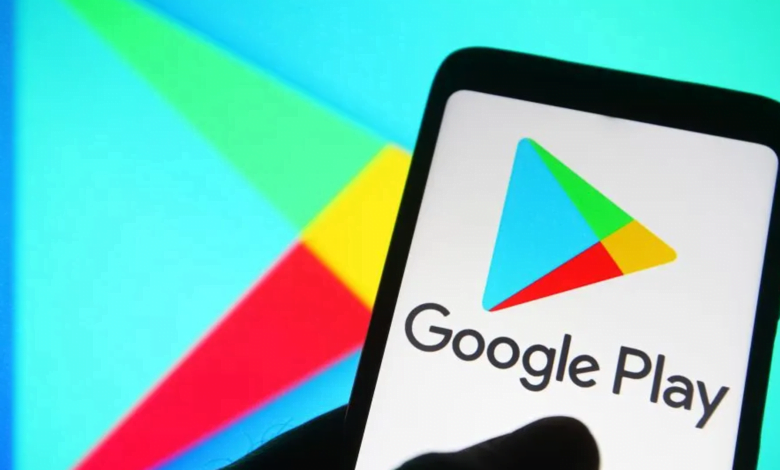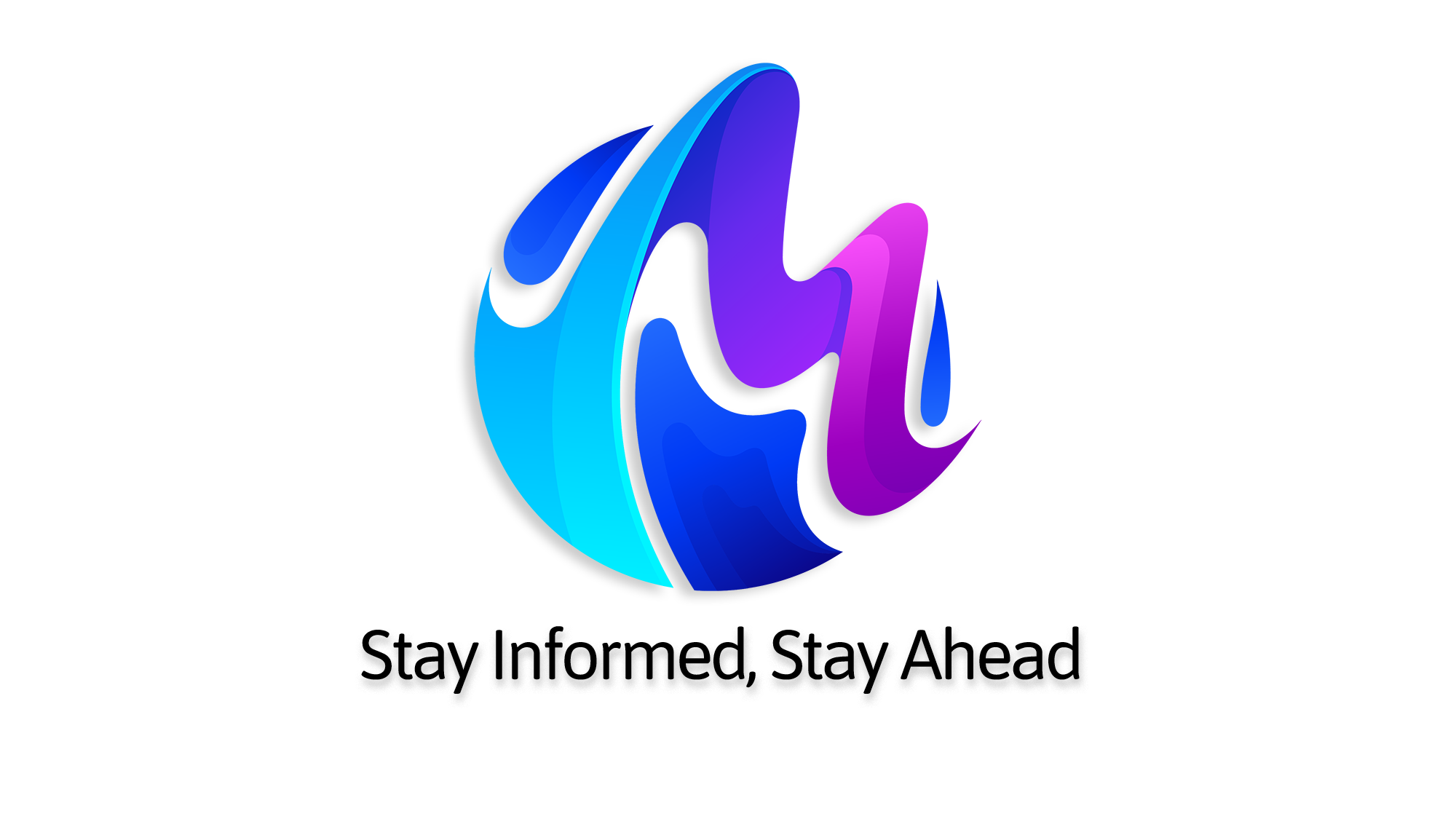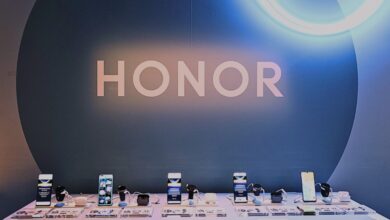
Google Play Store Enhances Personalization with Local Recommendations
Google Play can use your device’s approximate location to provide locally-relevant content recommendations.
- TL;DR:
- The Google Play Store is beginning to introduce a local recommendations feature. This new option uses your device’s approximate location to offer relevant promotions and app suggestions based on your area. The feature is gradually becoming available on some devices.
Google Play Store Enhances Personalization with Local Recommendations The Google Play Store, the go-to platform for most Android users to download apps and games, traditionally offers global access to popular apps. However, some software is restricted by region—a practice known as region locking. This restriction is based on the country you’re in, but the Play Store has not previously considered your specific city or state for recommendations. This is about to change with the rollout of a new feature that uses your device’s location to offer local content recommendations.
Recently, when I opened the Google Play Store app on my Galaxy Z Flip 6, a pop-up appeared asking if I wanted to see local recommendations. It explained that the Play Store could use my device’s location to suggest apps, offers, and other content relevant to my area. Upon selecting “Continue,” I was prompted to grant the app access to my device’s approximate location—a permission introduced in Android 12. This level of location precision, accurate within about 3 square kilometers (1.2 square miles), is sufficient for the Play Store to tailor recommendations to your local context.
In addition to providing localized promotions and app suggestions, the Google Play Store will use your approximate location to “enforce local guidelines on content and distribution,” according to a support page. While the specifics are unclear, this could mean that certain apps might be hidden based on your location, even if they are available in your country.
So far, this feature has only appeared on one of my devices. After checking with others, it seems they have not yet received it. While it’s uncertain if Google is rolling out the feature more broadly, the existence of a support page suggests it will become available to more users soon.






